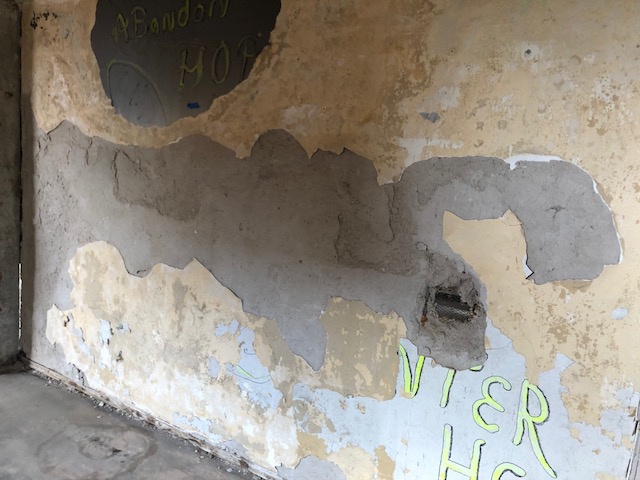
Historic Apartments
Experience the texture and fabric of public housing throughout time by visiting three recreated historic apartments showcasing different families’ experiences at different moments in public housing history between 1938 and 1975. The intimate individual, family and community stories become the lens to understand large national public housing policies and their impact…










![Landscape view centered on a high rise building, Millers River Apartments, undergoing renovation, with scaffolding surrounding it. [Cambridge Housing Authority]](https://nphm.org/wp-content/uploads/2024/04/Schindler-Moyer-lead-alt2-768x576.gif)



